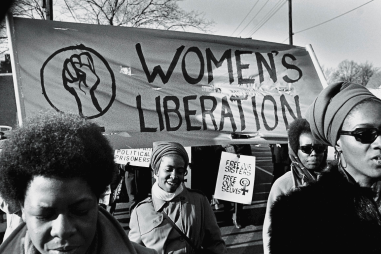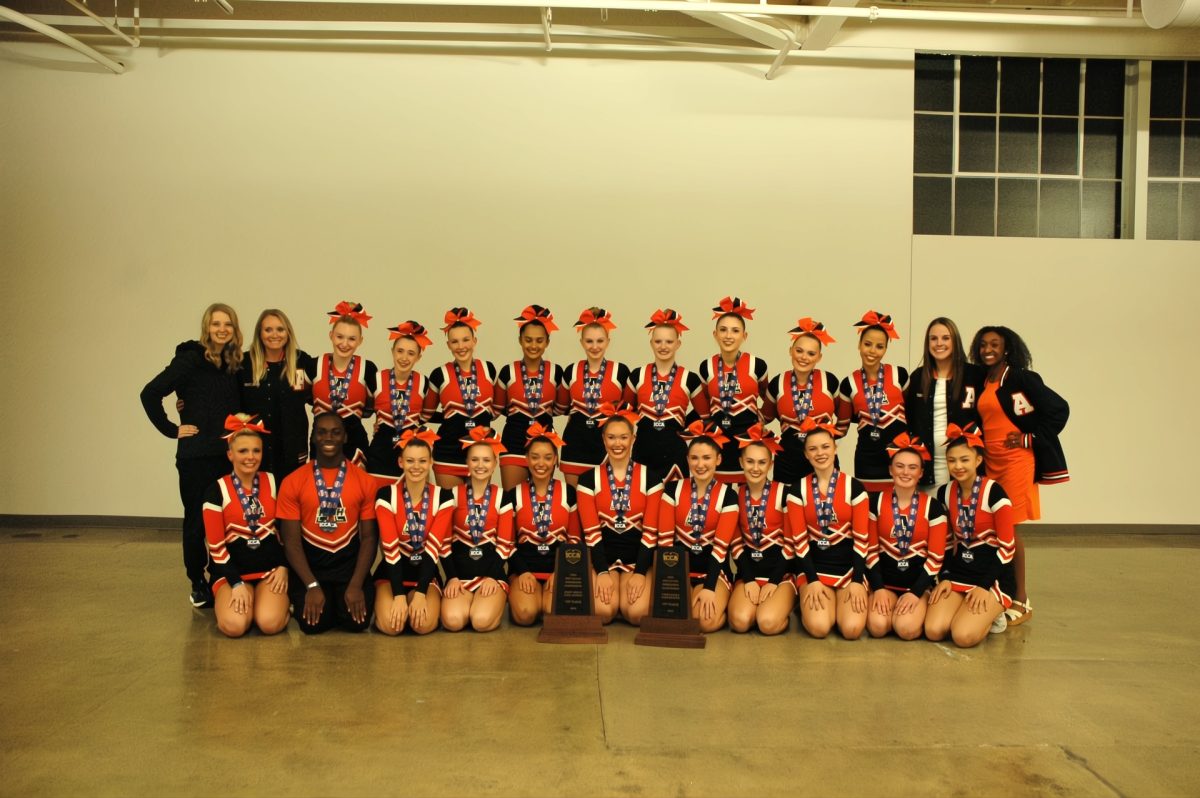Radical Feminism

sutori.com
April 25, 2018
At its root, Radical feminism is an incredibly complex ideology. It is a movement that pushes for a restructuring of the current social hierarchy in order to “liberate people of the female sex,” according to radfemcollective.com.
The theory operates under the pretense that people of the female sex are oppressed by people of the male sex.
Early support of this theory arose in the United States in the 1960s alongside what was referred to as the “second wave of feminism.”
A tenet of Radical feminism is that while sex is biological, gender is purely a social construct borne of cultural expectations.
“I think the most important part of the radical feminist theory is the gender-critical aspect,” said AHS junior CT*. “[Gender] forces women to be [in] the stereotypical feminine way… males are socialized to take positions of power. I feel that it still enforces stereotypes that shouldn’t exist in the first place. Gender is what is done to you.”
Supporters of radical feminism make up a small yet incredibly idealistic majority. While there are underlying socialist and communist ideals behind this theory, the overarching theme behind radical feminist thinking is a disdain for the patriarchy as a power system.
“They don’t necessarily believe in capitalism,” T said. “They tend to try to dismantle these systems that allow people to have power over others.”
Radical feminism can be distinguished from other sects of feminism in the belief that various gender expectations are to blame for the plight of women as opposed to systems of power (like in liberal feminism).
The theory is also inherently anti-prostitution and pornography. Radical feminists claim that both of these industries generally exploit women of low social class and force them into sex work.
“In prostitution, women have sex with men they would never otherwise have sex with. The money thus acts as a form of force, not as a measure of consent. It acts like physical force does in rape,” said Catharine MacKinnon, a radical-leaning feminist.
The theory has also faced massive criticism for its anti-transgender stance. Out of this critique, the term “TERF” was formed (meaning trans-exclusionary radical feminist). Many radical feminists consider it to be a derogatory term.
“The goal of radical feminism obviously isn’t to exclude trans people, it’s to liberate women,” AHS senior CM said.
The argument made by various supporters of radical feminism is that transgender women supposedly perpetuate the female stereotypes that radical feminism intends to eradicate.
Another viewpoint held by radical feminists is that transgender women were born as biological men and therefore did not face the discrimination that members of the female sex have faced. Out of the numerous components of radical feminism, this is the most heavily contested.
“[Terfism] is really harmful because it completely excludes groups of people and prioritizes one group’s advancement over another when really everyone just deserves equality and a chance to advance,” AHS Feminist Club senior co-leader NC said.
Other branches of feminism state that by not recognizing the transgender identity, radical feminism undermines the feminist movement as a whole.
“It’s a movement that should be, and is, open to all kinds of people from all walks of life,” said EA, another senior co-leader of AHS feminist club.
Early radical feminists included women such as Ellen Willis, Ti-Grace Atkinson and Andrea Dworkin.
A writing by Dworkin called “Woman Hating” was one piece that initially reinforced senior M’s views.
This book is an analysis of views about women through certain cultural and historical norms and through channels such as pornography and children’s stories. Dworkin ultimately advocates for an androgynous, gender-free society.
Social media is often an outlet for radical feminists. TERF blogs and accounts are rife on sites such as Tumblr and Twitter.
Strangely enough, both M and T’s views were awakened by “hate-stalking” other terf blogs.
“Tumblr for me has been a nice outlet to find other people without remaining in an echo chamber,” M said. “I still definitely see things that I definitely don’t agree with.”
This movement does not have a large base following. M and T are not optimistic about its future although are happy to continue following it.
*Please note: The WEB Editorial Board abbreviated the names of sources on Nov. 8, 2022.























